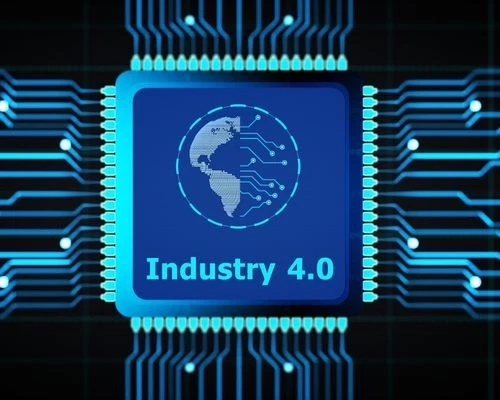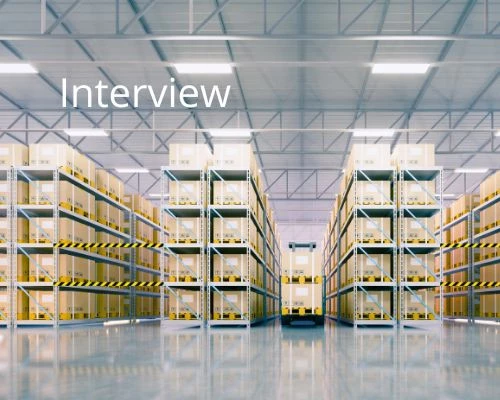EDF’s VP of Digital Transformation on Developing Empathy for Users
Add bookmark
As companies ramp up their digital transformation efforts, it can be easy to get distracted by the latest technology fad or shiny piece of equipment. While machine learning, data analytics, augmented reality, wearable tech, mobility, and more, hold enormous potential to transform business operations, they must be adopted by users to realize the benefits.
But therein is the challenge for many companies. How do you make sure users get on board?
Start by designing for them, says Remi Raphael, Vice President of Digital Transformation at EDF Renewables North America, adding that you have one shot to make a ‘technology first impression.’
In this interview, Raphael shares some of the lessons learned from his experience on epic failures and how they’ve inspired a radically new way of engaging with the business by putting empathy with users at the forefront of digital transformation.
Diana Davis, Oil and Gas IQ: Can you tell me about your role at EDF Renewables?
Remi Raphael, EDF Renewables: We built our digital transformation organization from scratch almost three years ago starting with a digital vision to address the disconnect between the IT organization and the business.
We started this organization by removing barriers between the technology team and the people doing the work. The digital organization that we have built empowers the business units to make decisions about digital transformation. We didn't want to centralize decision making; we wanted to have digital leaders across the company that are pushing the banner of digital forward.
We want people who say: “I have this need or problem.” Then they work with us to find a solution. Do we need to buy a solution? Build one? Empower users? That’s what we do today; my role is to synchronize these efforts across the business.
Diana Davis, Oil and Gas IQ: You mentioned decentralization and having the people within the business units themselves, what are other ways that your team structure differs from a traditional IT organization?































